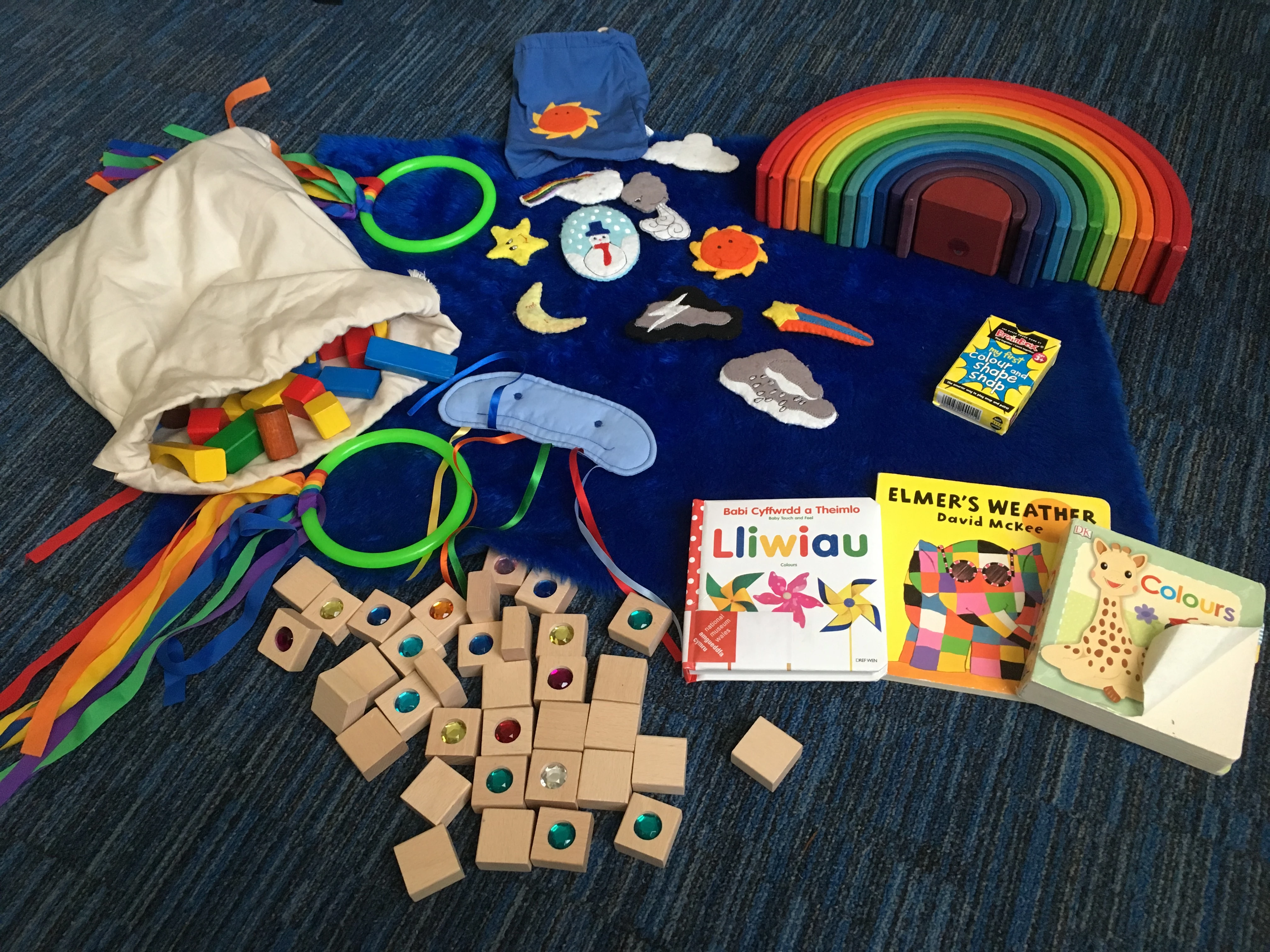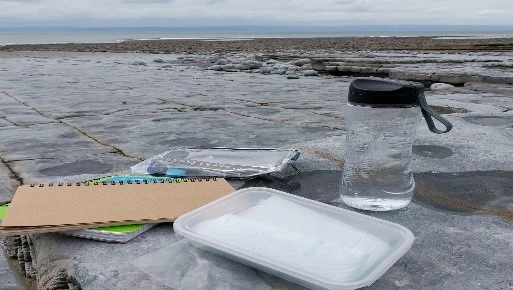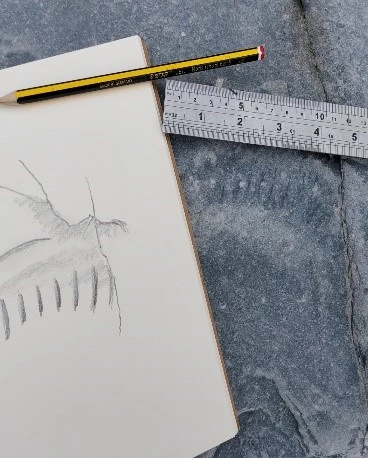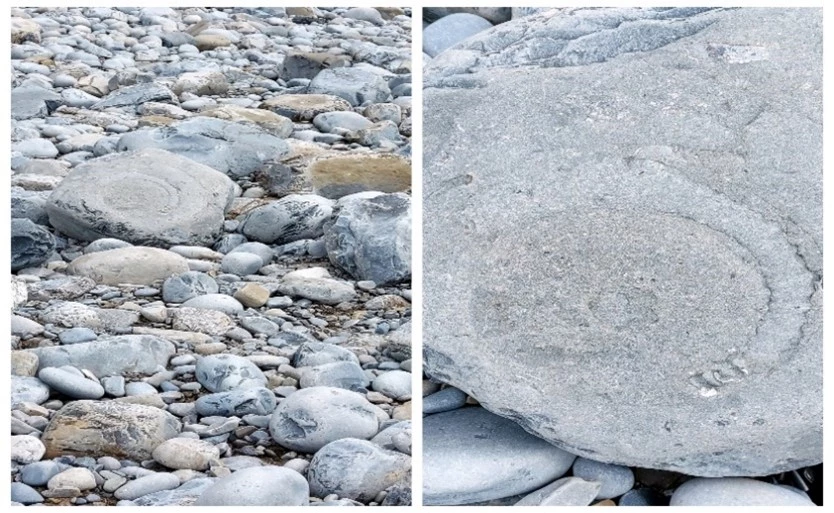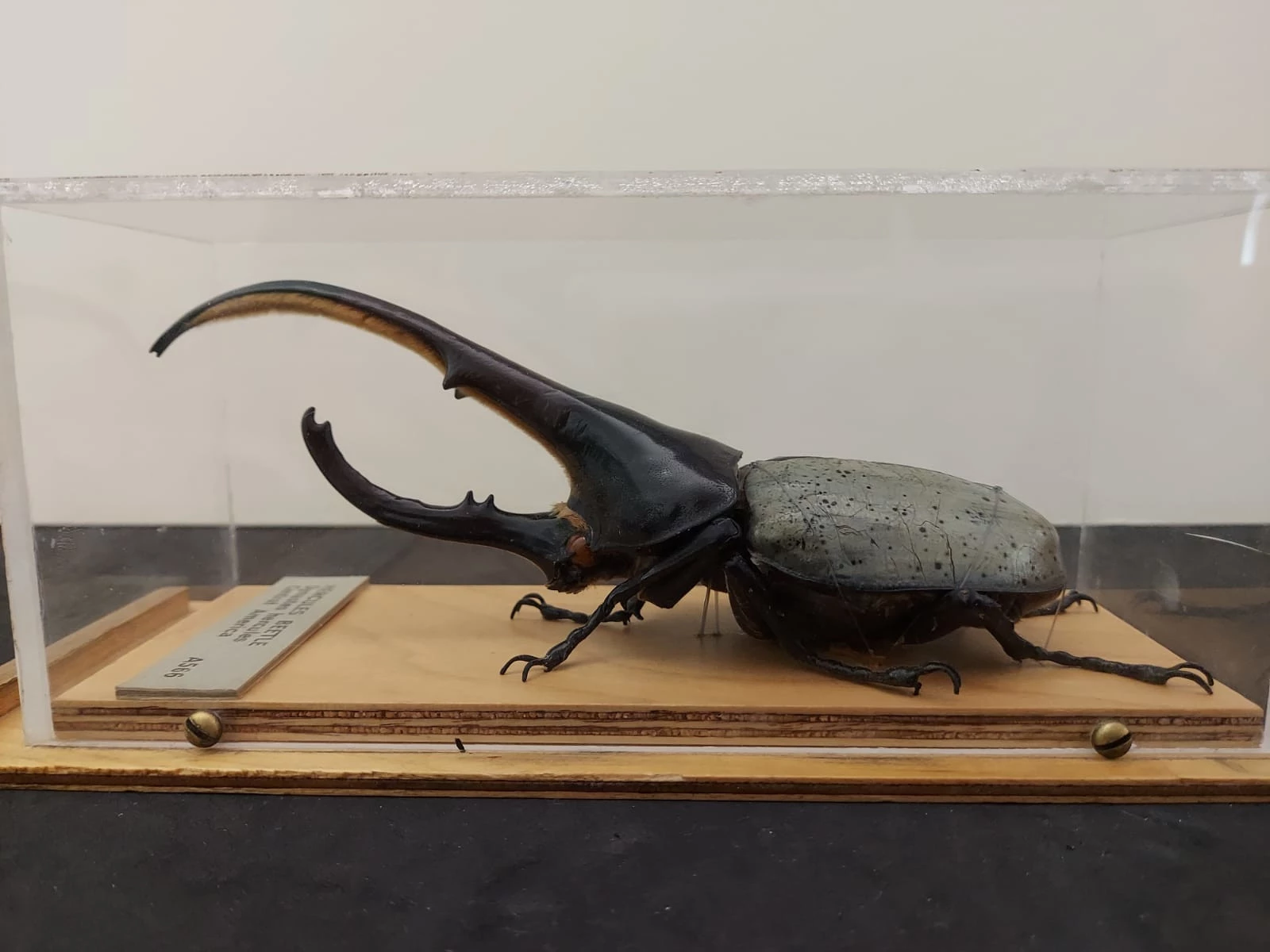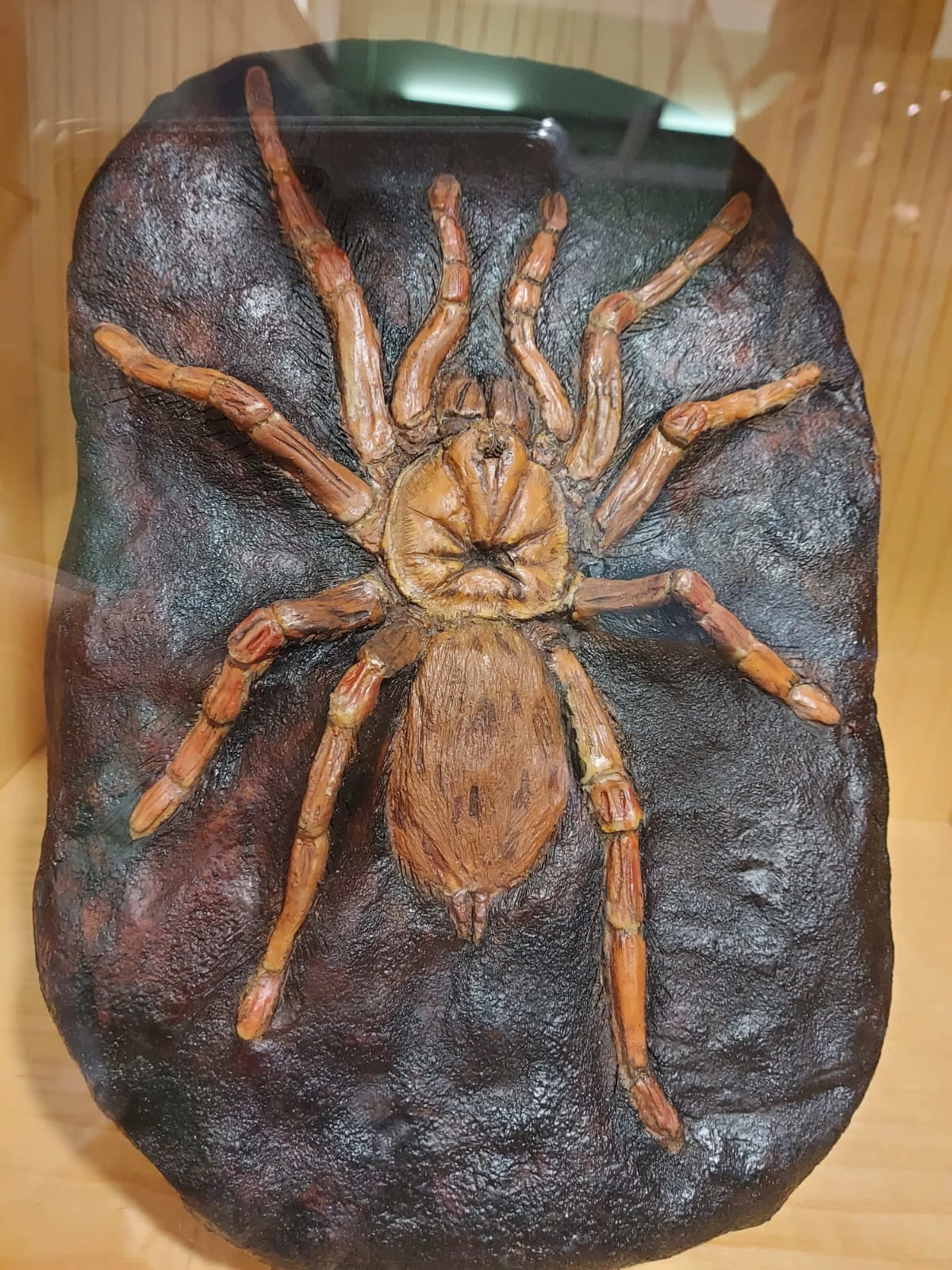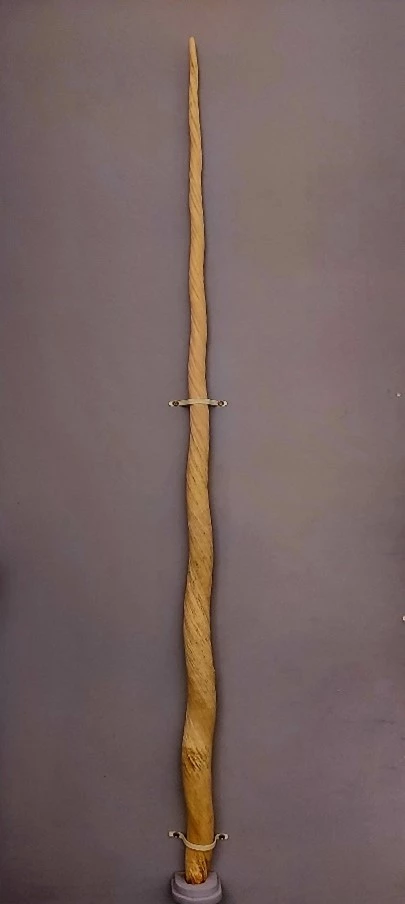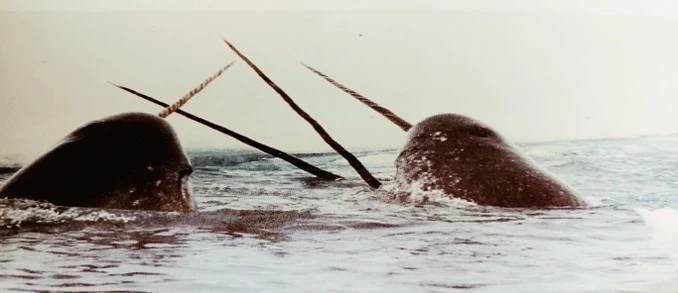Toddler Time
, 6 August 2021
If you ask a primary school child what they did that day in school, they’ll often enthuse most about what they did at play time. Play time is the time they get to decide what happens. They choose the games, the toys, even the players, within the safe parameters given them. And within these parameters, they are learning. Learning how to move and what they are capable of physically. Learning how to act socially, through sharing and caring. Learning how to deal with emotions when the game doesn’t always go their way. Playtime is vital.
And the learning starts long before school. Toddler Time is one of my favourite regular events that the museum runs. It’s a chance for parents to bring their little ones for some supervised play in a quiet, safe environment. We’re just there to assist, play a little, and give exhausted parents an extra pair of eyes on their little ones. The best part is that we get to use the resources the learning team has and put together a different themed experience every time.
If it’s jungle day, we set out the room with jungle themed soft play decorations. Soft logs for toddlers to climb over, green fluffy rugs to crawl over. We can then bring out the animals: the tigers, the monkeys, the elephants. Children can play with them, making their own stories and adding their own sounds and movements. Even if a child isn’t talking yet, copying sounds and movements helps them learn.
Its not just movement and sound that children love. Touch is vital for early learning. Young children love to explore items with their hands, or even their mouths, so our toy boxes are filled with simple, easily cleaned blocks for them to examine. We have many thematic sensory boxes, filled with soft fake fur, rough leathery fabric, and all sorts of wonderful textures for the little ones to touch and feel.
When the children are played out, it’s time for a story. We have a huge collection of beautiful children’s books, related to our themes, which can be performed in a lively or calm manner, using audience interaction or not. The one thing we’ve learned is how to read a room.
While things are different at the moment, with certain parts of the museum still closed, we’ve managed to put together lots of online resourcese for the little ones. We’ve got stories, arts and crafts activities and lots of silly movement and rhyme in both Welsh and English to keep you going until we fully reopen.
